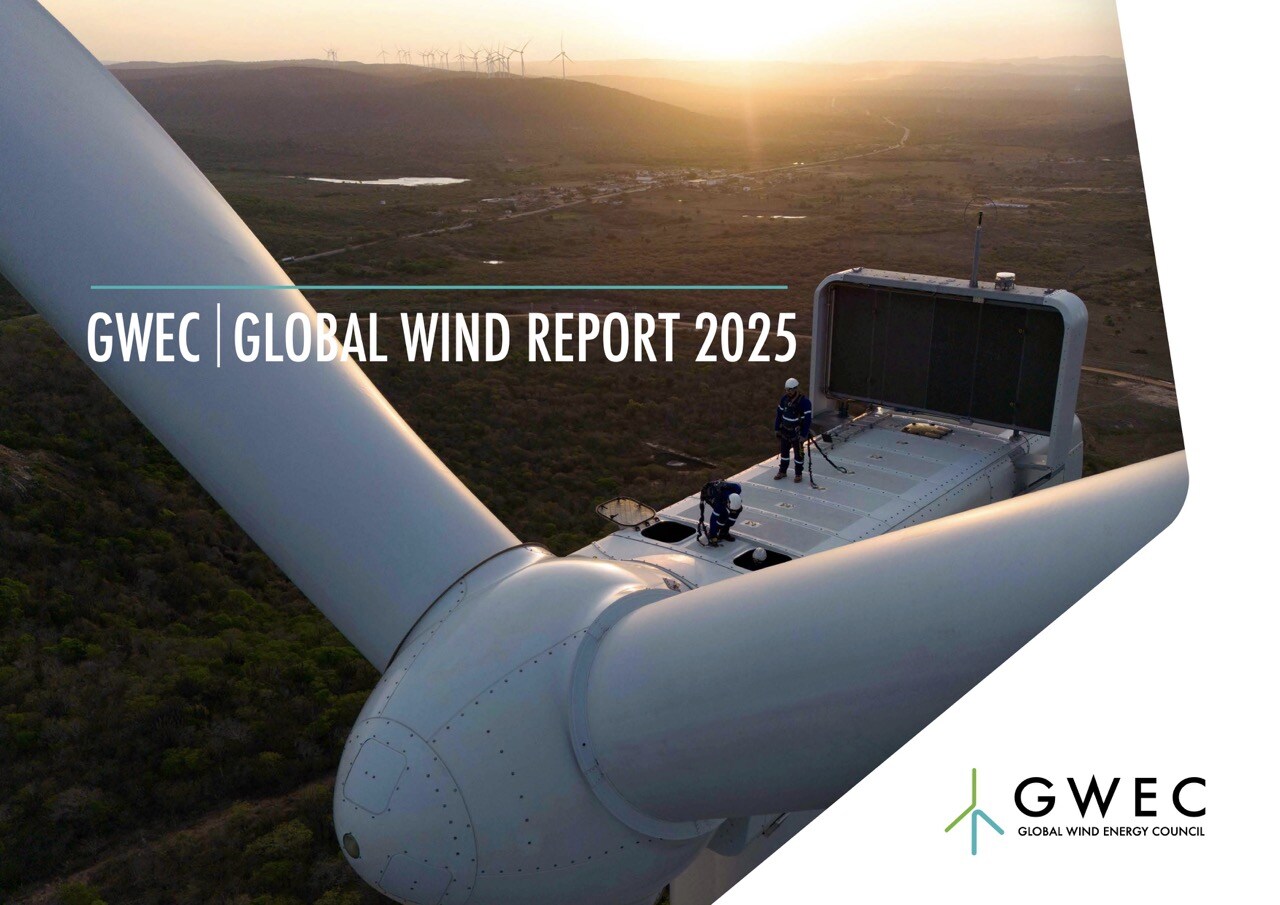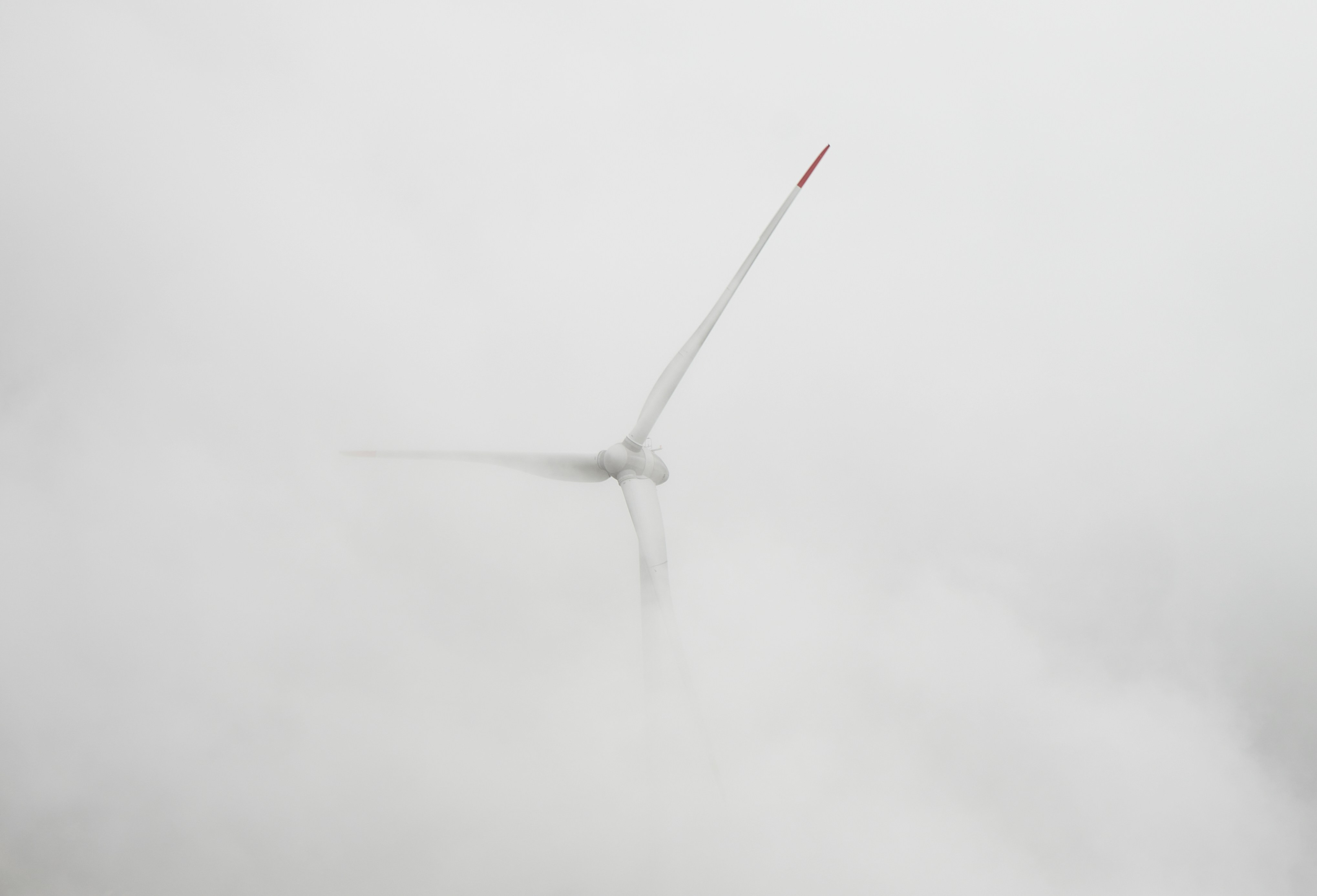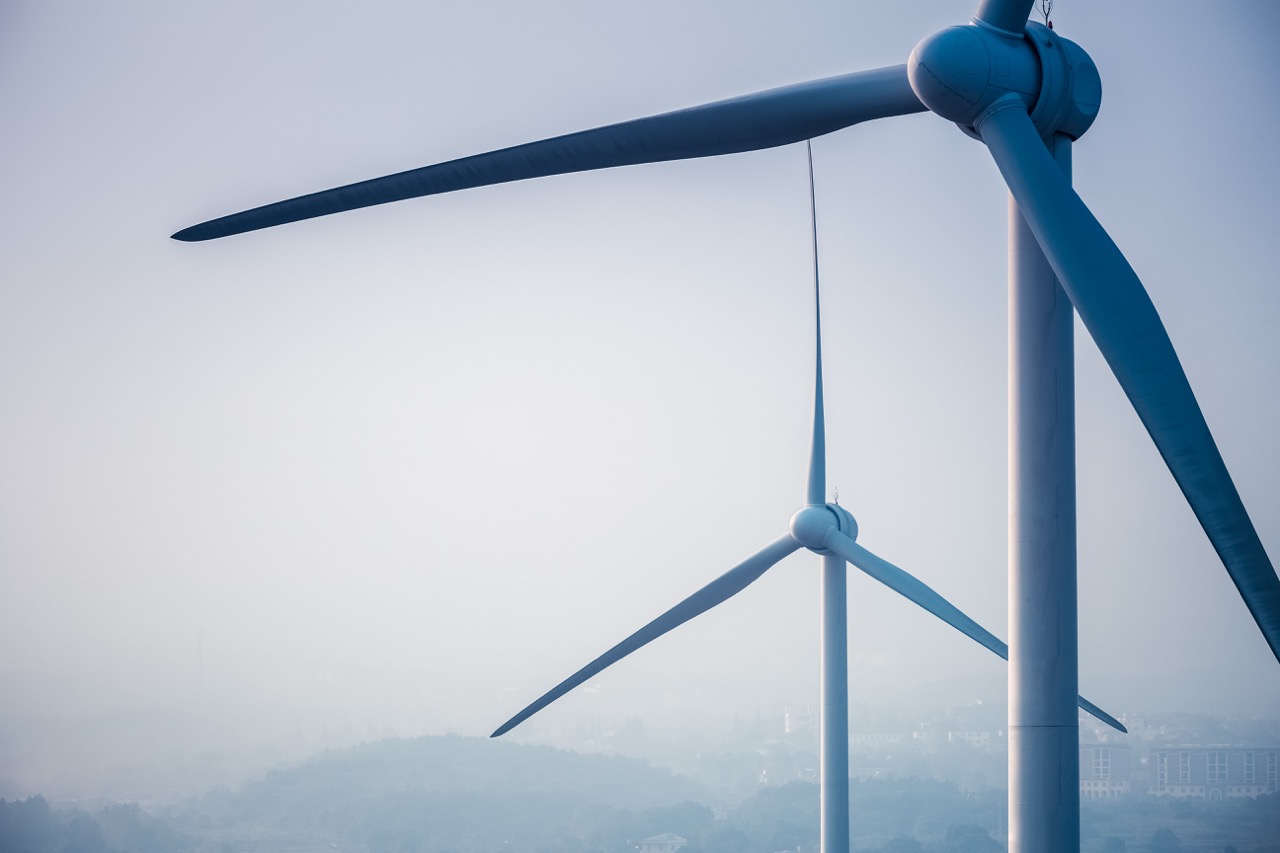Wind industry installs record capacity in 2024 despite policy instability
Article written by
The GWEC Team
23 April, London | The Global Wind Energy Council’s flagship Global Wind Report released today shows that 2024 was a record year for new capacity, with 117 GW of wind energy installed across the world.
However, GWEC warned of increasing policy instability in some markets, and pointed to the need to improve permitting, grid transmission and auctioning mechanisms to keep pace with the global trend for electrification, meet countries’ energy and climate targets and lessen reliance on volatile fossil fuels, while fulfilling globally agreed ambitions to triple renewable energy capacity by 2030.
GWEC pointed out that although 2024 was another record year for wind installations the headline numbers mask big disparities in terms of the pace of deployment across global markets, with the lion’s share of installations taking place in a small number of key mature markets, including China and Europe.
"Wind energy continues to drive investment and jobs, improve energy security and lower consumer costs, we are seeing a more volatile policy environment in some parts of the world, including ideologically driven attacks on wind and renewables and the halting of under construction projects, threatening investment certainty." - Ben Backwell, GWEC CEO.
“Once again, the wind industry has broken new installation records, despite more challenging macroeconomic headwinds over the last few years,” said Ben Backwell, CEO of GWEC. “While wind energy continues to drive investment and jobs, improve energy security and lower consumer costs, we are seeing a more volatile policy environment in some parts of the world, including ideologically driven attacks on wind and renewables and the halting of under construction projects, threatening investment certainty.”
He added that “the aggressive stoking of tariff wars adds further uncertainty to international investment decisions and threatens to disrupt the international supply chains which the wind industry relies on. The full costs on our industry of the wide array of declared and threatened tariffs we have seen – both general and on specific commodities such as steel - have yet to be fully calculated.”
Mr Backwell added: “It's vitally important that policy makers around the world don’t take their eyes of the prize, ensure stable and predictable market frameworks, work within multilateral frameworks to ensure free and fair trade, and work with investors and industry to enable rapid deployment of clean, efficient wind power to support economic growth, resilience, and prosperity.”
The Key Data
The 2025 Global Wind Report includes data from every region of the world. Last year’s growth – 109 GW of new onshore wind and 8 GW of offshore wind - brings global cumulative capacity of wind energy to 1,136GW, spread across all continents, with 55 countries installing wind turbines last year.
In 2024, China led the way for new installations ahead of the USA, followed by Germany and India, respectively, with Brazil rounding out the Top 5. Those same five markets now make up the top five for total installations, as of the end of 2024, with Brazil moving past Spain.
|
TOP FIVE |
2024 (MW) |
Total (MW) |
|
China |
79824 |
520600 |
|
USA |
4058 |
154258 |
|
Germany |
4022 |
72760 |
|
India |
3420 |
48156 |
|
Brazil |
3278 |
33727 |
.
There was record growth in other regions. The Asia-Pacific region saw a 7% year-on-year growth rate, while Africa & Middle East saw a 107% y-o-y growth rate, thanks to Egypt installing 794 MW and Saudi Arabia’s 390 MW. North America, LATAM and Europe experienced a decline in new installations compared with 2023.
The report forecasts a compound average growth rate of 8.8% for the wind industry, which means another 981 GW of wind energy capacity across the globe by 2030. GWEC’s Market Intelligence service sees consecutive record years through to 2030, with 138 GW of new capacity in 2025, 140 GW in 2026, 160 GW in 2027, 167 in 2028 and a leap in 2029 and 2030 to 183 GW and 194 GW respectively.
|
Year |
Forecast Annual Capacity |
|
2025 |
138 GW |
|
2026 |
140 GW |
|
2027 |
160 GW |
|
2028 |
167 GW |
|
2029 |
183 GW |
|
2030 |
194 GW |
Last year saw total onshore wind volume awarded in auctions and other procurement mechanisms double (excluding China). In Europe, the total onshore wind volume awarded amounted to 17 GW, 24% greater than 2023. This was mainly due to the onshore wind capacity awarded in Germany reaching 11 GW, which is 72% (or 4.6 GW) higher than the previous year.
Those numbers are globally significant, but installations could accelerate further with the right policy frameworks, especially with improved permitting and better auctioning frameworks that reduce investor risk through instruments such as double sided CfDs.
Key to that forecast is offshore wind, highlighted by a record year for auctions in 2024. A total of 56.3 GW of offshore wind capacity was awarded worldwide last year. Europe led the way, with 23.2 GW awarded in Europe and 17.4 GW in China. A next wave of markets also had landmark years with South Korea awarding 3.3 GW, Taiwan (China) 2.7 GW and Japan 1.4 GW.
GWEC’s forecast for 2025-2030 sees offshore wind rise from 16 GW in 2025 to 34 GW, with offshore moving from 11.8% of new capacity to 17.5% of new capacity by the end of the decade.
Girish Tanti, Deputy CEO of Suzlon Group and Vice Chair, GWEC, said: “2030 is closing in, and our target for 3x Renewables needs our attention. I am delighted to see that GWEC’s Global Wind Report 2025 outlines the critical roadmap needed for the global wind industry to collaborate and ensure wind plays a pivotal role in the global energy transition.
“Wind is among the cheapest sources of energy in the world and one of the two sources of renewable energy that make up 95% of all global renewable capacity growth in this decade. It can offer high-quality power to consumers with a heavy baseload and ensure grid stability.
“Undoubtedly, wind allows us to couple economic viability with our climate purpose. Tripling renewables and phasing out fossil fuels are the most viable solutions to combat climate change, but we must act now. There is no Planet B, and it is our responsibility to protect those most affected by the perils of global warming.”
This year’s Global Wind Report focuses on four key challenges the market faces: Financial and macroeconomic headwinds, trade barriers and market fragmentation, inadequate procurement and auctioning frameworks, and challenging investment conditions the global wind energy supply chain.
Looking beyond the marginal increase from last year, this report tells the story of an industry increasingly pushing into new regions, the emergence of new wind power strongholds and a technology capitalising on the growing demand for a secure supply of clean electricity in an increasingly volatile world.

Alexander Bath
Communications Director-
alex.bath@gwec.net
GWEC Communications
Contact the Communications Team-
communications@gwec.net
Related articles

16 May, 2025
Wind Turbine Suppliers deliver new record volume

20 October, 2025

